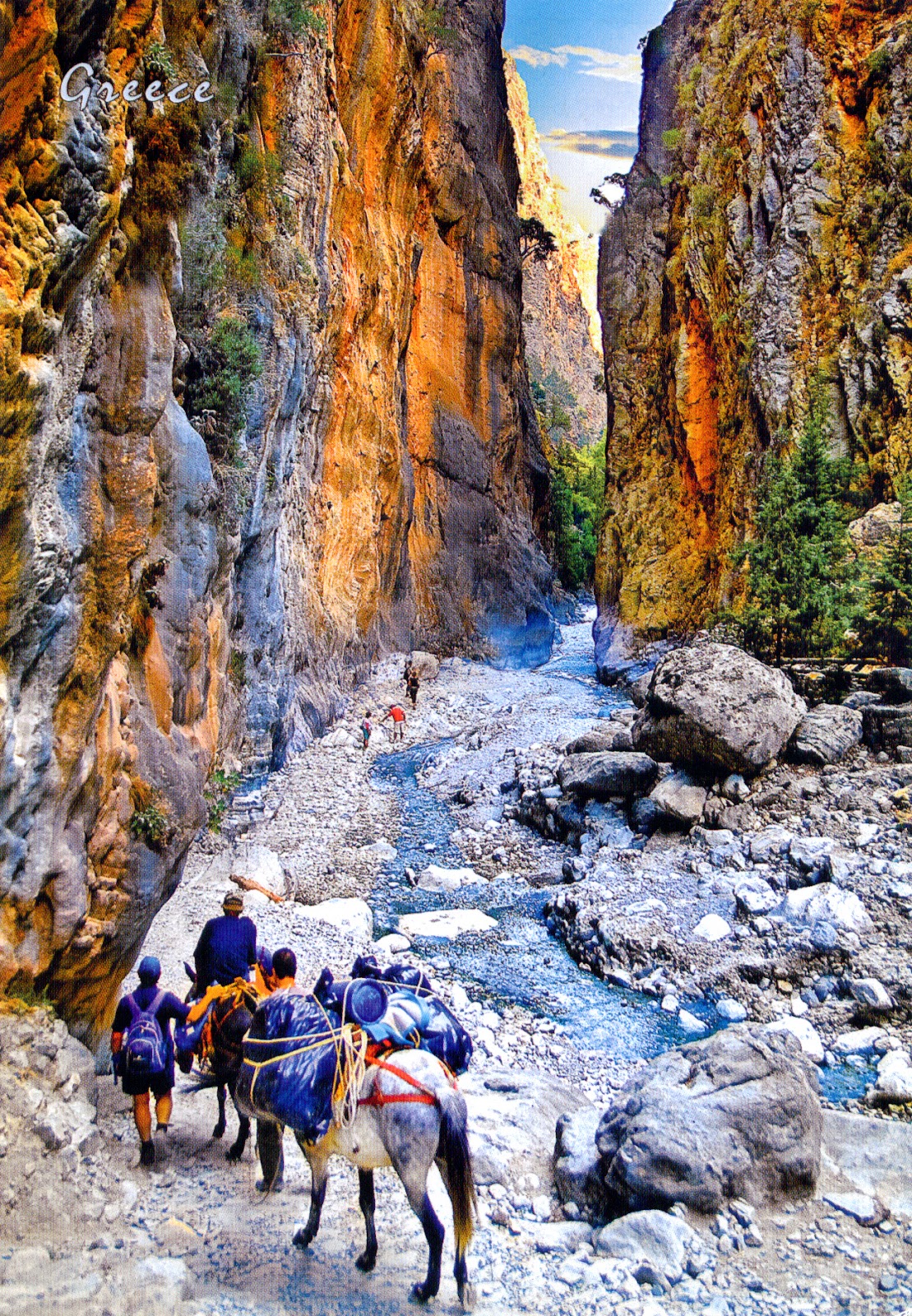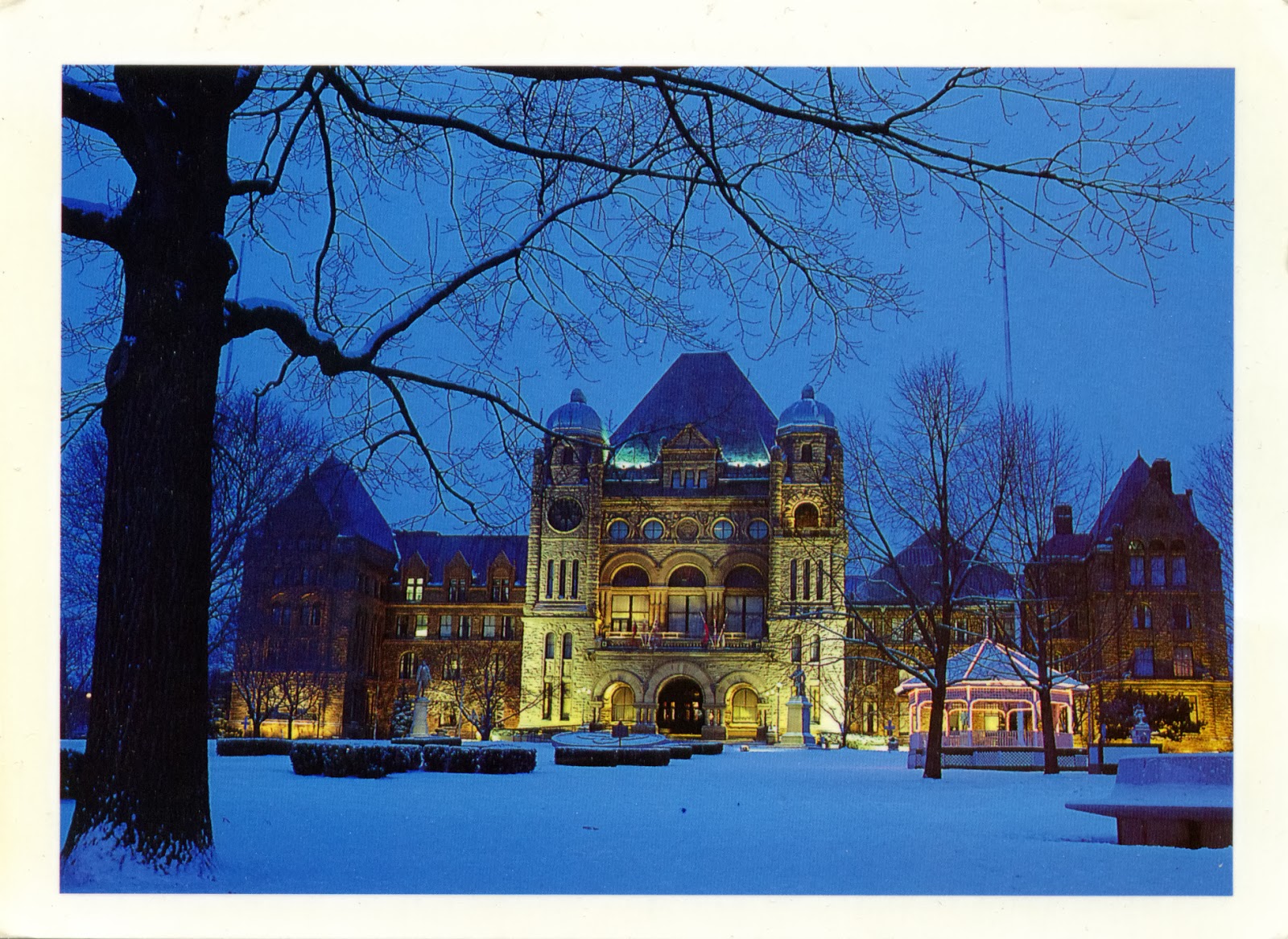March 30, 2014
1039 CROATIA (Dubrovnik-Neretva) - Historical-town planning ensemble of Ston with Mali Ston, connecting walls, the Mali Ston Bay nature reserve, Stonsko Polje and the salt pans (UNESCO WHS - Tentative List)
The fertile fields and large protected bays of the south of isthmus of the Pelješac peninsula, where is located the municipality of Ston, favoured always the human settlements, as proved the archaeological excavations, which brought to light a variety of cultural layers since prehistory through antiquity, the Middle Ages to the present day. The sites of the Ston region, blended inseparably with the natural framework, make up a universal civilizational value and link between Nature and Man, and assert the regions and the 2000 years of its history.
Locaţia:
Ston, Croaţia
1038 GUYANA - St. Georges Anglican Cathedral (UNESCO WHS - Tentative List)
Located on Church Street in Georgetown, the capital city of Guyana, this Anglican cathedral, designed by Sir Arthur Blomfield, was consecrated in 1894. At the beginning, the architect Arthur Blomfield designed the plans of a cathedral in stone, with a central tower and two western towers, but these were rejected because of the weight and the expense. His subsequent plans for a wooden cathedral were accepted, a design that kept many of the salient features of his first plan, such as the central tower and the Latin cross formation of nave and transepts.
March 29, 2014
1037 GREECE (Crete) - Gorge of Samaria National Park (UNESCO WHS - Tentative List)
Crete, the largest of the Greek islands, once the center of the Minoan civilization, is mountainous and a land of gorges, the most glamorous being Samariá Gorge, the symbol of the island, which holds a unique and distinguished position in Cretan, Greek and Mediterranean history. Created by a small river running between the White Mountains (Lefká Óri), the largest mountain range of Crete, which dominate the southwest part of the island, and Mount Volakias, it is also identified with the unceasing production of the material and immaterial cultural heritage of Crete through the ages.
Etichete:
GREECE,
Mountains,
UNESCO World Heritage Sites (tentative)
Locaţia:
Cheile Samaria 730 11, Grecia
March 16, 2014
1035 UNITED STATES (California) - The GS-5 steam locomotive No. 4459 in 1953, in Los Angeles
"Four years before this great picture was taken, reproducing the glamorous, glory-days of steam, when a Lima Southern Pacific "Northern" waltzed a shiny red-orange-and-black Coast Daylight out of Los Angeles - on April 12, 1953 - just four years earlier there were trains prancing all over the Coast Route. She was then the Morning Daylight, this No. 99, this proud beauty - and acknowledged money-maker. There was also a sister train, the Noon Daylight, out of L.A. at a quarter past noon - because this service was so popular. The swank all-Pullman Park skirted the Coast Line at night. Even the well-known Coaster, Nos. 69 and 70, ran in those wonderful days. And 71 and 72, lowliest rattler of all, but once displaying those haughty numerals on the original Daylight Limited in pre-streamlining days - she sill ran.
Etichete:
trains,
UNITED STATES,
UNITED STATES (California)
0166, 1034 UNITED ARAB EMIRATES (Dubai) - Burj Al Arab
Posted on 06.04.2012, 16.03.2014
The first postcard is very representative and suggestive for the current state of the emirates, combining in a appropriate way the past, the present, and even the future. I said here that in Dubai is the world's only Seven-Star hotel (officially rated Five-Star Deluxe). It's about Burj Al Arab (Tower of the Arabs), which, with its 321m, it's now (2014) the fourth tallest hotel in the world. For a decade, since its opening in 1999, until the inauguration of the Rose Rayhaan by Rotana, was the tallest, being exceeded also since then by the JW Marriott Marquis Hotel Dubai (2013) and The Ritz-Carlton Hong Kong (2011).
It was built on an artificial island 280m out from Jumeirah beach, and is connected to the mainland by a private curving bridge. Its shape was designed by architect Tom Wright of WS Atkins PLC to mimic the sail of a dhow, a type of Arabian vessel. Two "wings" spread in a V to form a "mast", while the space between them is enclosed in a massive atrium (182m), also the tallest in the world. The wide open balconies flank two sides of te atrium. At the front of the building, and forming the third wall to the atrium, is a geometric double-skin membrane of PTFE-coated fibreglass, which both helps to insulate the atrium space and acts as a canvas for images projected onto the face of the hotel.
Etichete:
Fauna,
Skyscrapers,
UNITED ARAB EMIRATES,
Unusual modern architecture
March 15, 2014
1033 SPAIN (Cantabria) - Cave of Altamira and Paleolithic Cave Art of Northern Spain (UNESCO WHS)
The Altamira cave, located near the town of Santillana del Mar, 30 km west of the city of Santander, was well known to locals, but had not been given much attention until in 1868, when it was "discovered" by the hunter Modesto Peres. Seven years later, the amateur archaeologist Marcelino Sanz de Sautuola started its exploration, and in 1879 his daughter Maria, nine years old at the time, noticed that the ceiling was covered by images of bisons.
March 14, 2014
1032 BRAZIL - The flag of the country
The Portuguese territories in the Americas, corresponding roughly to what is now Brazil, never had their own flag, since the Portuguese imposed hoisting the flag of their kingdom in all territories of the crown. The first Brazilian vexillological symbols were private maritime flags used by Portuguese merchant ships that sailed to Brazil. In time, the armillary sphere became the unofficial ensign of Brazil. In 1815, Brazil was elevated to the rank of kingdom, and became part of the United Kingdom of Portugal, Brazil and the Algarves, so adopted its flag. After the Declaration of Independence, and with the coronation of Pedro I as Emperor of Brazil, the Royal Standard was modified to become the flag of the Empire of Brazil. In 1889, upon the proclamation of the republic, was adopted the flag which remained unchanged until 1992.
1031 CHINA (Hubei) - The hometown of the poet Qu Yuan
Etichete:
AS - ASIA,
AS-China,
CHINA,
CHINA (Hubei),
Places and writers
Locaţia:
Hubei, Republica Populară Chineză
March 10, 2014
1029 AUSTRIA (Lower Austria) - Heiligenkreuz Abbey (UNESCO WHS - Tentative List)
Located in the southern part of the Vienna woods, at about 13 km north-west of Baden, Stift Heiligenkreuz (Holy Cross Abbey) is the oldest continuously occupied Cistercian monastery in the world. It was founded in 1133 by Margrave St. Leopold III of Austria, at the request of his son Otto, and in 1188 Leopold V presented the abbey with a relic of the True Cross, a present from Baldwin IV, King of Jerusalem. This relic still can be seen, and since 1983 is exhibited in the chapel of the Holy Cross. Actually Heiligenkreuz was richly endowed by the founder's family, the Babenberg dynasty, and was active in the foundation of many daughter-houses.
March 9, 2014
1028 GERMANY (Saxony-Anhalt) - Luther Memorials in Eisleben and Wittenberg (UNESCO WHS)
In 15th century, Eisleben, situated in the eastern foothills of the Harz Mountains, was a pretty prosperous town, due to its copper mines, exploited since the 13th century. Here was born, on 10 November 1483, Martin Luther, the son of Hans Luder, a leaseholder of copper mines and smelters. Become monk in 1505 and ordained to the priesthood in 1507, he was received into the senate of the theological faculty of the University of Wittenberg in 1512, having been called to the position of Doctor in Bible. Five years later he wrote The Ninety-Five Theses (original Latin: Disputatio pro declaratione virtutis indulgentiarum), piece of work which is regarded as the initial catalyst for the Protestant Reformation, one of the most significant events in the religious and political history of the world. The most important collaborator of Luther, and also the primary founder, alongside with him, of Lutheranism, was Philipp Melanchthon, the first systematic theologian of the Protestant Reformation. Because of the importance of Luther and Melanchthon in Protestant Reformation, some individual sites and monuments associated to their lives, located in Eisleben and Wittenberg, were designated an UNESCO World Heritage Site:
Locaţia:
Lutherstadt Eisleben, Germania
March 8, 2014
1027 CHILE (Tarapacá) - Humberstone and Santa Laura Saltpeter Works (UNESCO WHS)
The gunpowder is only a simple mix of sulphur, charcoal and saltpeter, but it is known how much it influenced our history. Well, among the three ingredients, the last was the hardest to obtain until the 20th century. Derived as name from the Latin sal petrae (salt of the rock), the saltpeter is a nitrate salt (of calcium, potasium or sodium), used also as fertilizer and food preservative. The calcium nitrate (Norwegian saltpeter) forms an efflorescence where the manure comes in contact with the limestone in a dry environment as in stables or caverns. The potassium nitrate (niter, Chinese snow, or India salpeter) occurs also as a crust on the soil and on the surface of rocks in dry climates and in the soil of limestone caves. Both were therefore rare. In this context, you realize what it meant to Chile and Peru the discovery in the Atacama desert of some deposits of sodium nitrate (nitranite) covering immense areas. The accumulations were so big, that this mineral was named Chile saltpeter or Peru saltpeter.
Etichete:
CHILE,
Extractive industry,
UNESCO World Heritage Sites
March 7, 2014
1026 NORWAY (Vestland) - Urnes Stave Church (UNESCO WHS)
Etichete:
Mountains,
NORWAY,
Places of worship,
UNESCO World Heritage Sites
Locaţia:
Ornes, Norvegia
March 6, 2014
1024-1025 GREECE (Central Macedonia) - Paleochristian and Byzantine monuments of Thessaloniki (UNESCO WHS)
Founded around 315 BC by the King Cassander of Macedon (son of Antipater, one of the great generals of Philip II and Alexander the Great), on or near the site of the ancient town of Therma and 26 other villages, and named after his wife, a half-sister of Alexander the Great, Thessaloniki (from Thessalos - Thessalian, and nike - victory) evolved to become the most important city in Macedon, then an flourishing free city of the Roman Republic, and finally the co-reigning city of the Byzantine Empire, alongside Constantinople. Due to its importance during the early Christian period, but also later, the city is host to several monuments, constructed from the 4th to the 15th century, which constitute a diachronic typological series, with considerable influence in the Byzantine world. In 1988, 15 of these monuments of Thessaloniki were listed as UNESCO World Heritage Sites.
The Rotunda of Galerius (in the first postcard), also known as the Greek Orthodox Church of Agios Georgios, is a cylindrical structure with a diameter of 24.5m, built in 306 AD on the orders of the tetrarch Galerius, and intended to be his mausoleum. Its walls are more than 6m thick, which is why it has withstood Thessaloniki's earthquakes. A flat brick dome, 30m high at the peak, which in its original design had an oculus (a circular opening in the centre), crowns the structure. The Emperor Constantine I converted the building in church in the 4th century, adorning it with very high quality mosaics, from which fragments have survived till today. In 1590 it was converted into mosque by the conquerors Ottomans, but in 1912 was reconsecrated as church.
Etichete:
GREECE,
Places of worship,
UNESCO World Heritage Sites
Locaţia:
Salonic, Grecia
March 3, 2014
1021 CANADA (Ontario) - Ontario Legislative Building in Toronto
Located in Queen's Park, on that part south of Wellesley Street which is the former site of King's College (later the University of Toronto), and which is leased from the university by the provincial Crown for a "peppercorn" payment of CAD$1 per annum on a 999 year term, the Ontario Legislative Building houses the viceregal suite of the Lieutenant Governor of Ontario, the Legislative Assembly of Ontario, and offices for members of the provincial parliament. As is known, Canada is a constitutional monarchy, in which head of state is the Monarch (since February 6, 1952 Elizabeth II, the Queen of Canada), so the Lieutenant Governor of Ontario is the viceregal representative in Ontario of the monarch.
Etichete:
CANADA,
CANADA (Ontario),
Night views
March 2, 2014
1020 POLAND (Holy Cross) - Krzyżtopór Palace
Built by Krzysztof Ossoliński (1587-1645), a Polish nobleman and Voivode of Sandomierz, this castle, located in the village of Ujazd, in southern Poland, was partially destroyed during the Swedish invasion in 1655, and then reduced to ruin during the war of the Bar Confederation by the Russians in 1770. During the WWII the complex was again ransacked. A partial remodeling took place in 1971, and in 1980 the Polish Ministry of Internal Affairs decided to rebuild it for use as a rest area for officers. This work was halted in 1981, when martial law was imposed in Poland.
Locaţia:
Ujazd, Polonia
Subscribe to:
Posts (Atom)

































